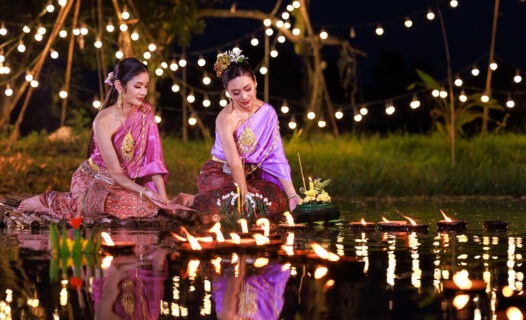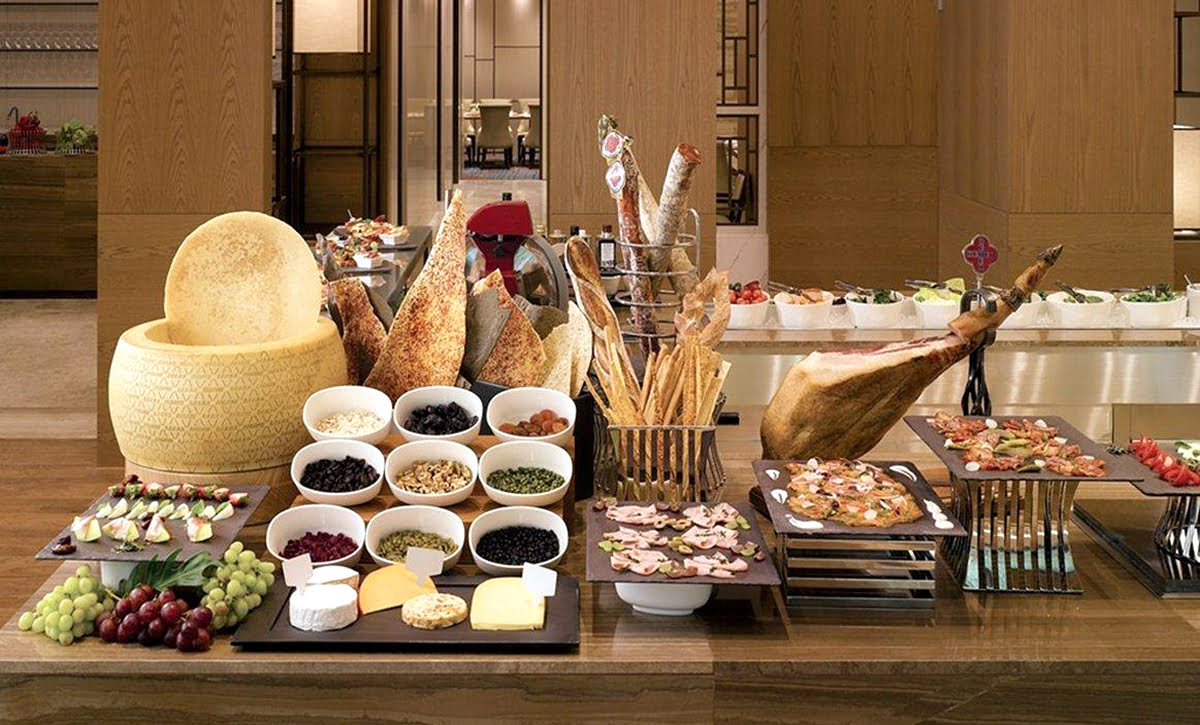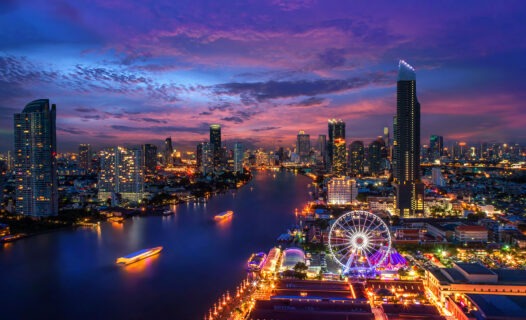Welcome to Gwanghwamun Gate: A Cultural Icon of Seoul
As you wander through the vibrant streets of Seoul, one landmark stands tall, capturing the essence of Korea’s rich history and culture: Gwanghwamun Gate. This majestic entrance to the grand Gyeongbokgung Palace is not just a beautiful sight; it’s a portal into the past, echoing stories of dynasties, resilience, and the spirit of the Korean people. With its impressive architecture and historical significance, Gwanghwamun Gate is a must-visit for anyone looking to immerse themselves in Seoul culture.
Constructed in the late 14th century during the reign of King Taejo, Gwanghwamun Gate has witnessed the ebb and flow of history, from the Joseon Dynasty to modern-day South Korea. It’s a symbol of national pride and a testament to the country’s enduring spirit. As you stand before this magnificent gate, you can almost hear the whispers of history, inviting you to explore its depths and discover the stories that shaped the nation.
So, whether you’re a history buff, an architecture enthusiast, or simply looking for the perfect photo op, Gwanghwamun Gate offers a unique glimpse into the heart of Seoul. Let’s take a closer look at this historical marvel and uncover what makes it such a significant part of the city’s identity.
Gwanghwamun Gate: A Historical Marvel
Stepping closer to the gate, you can’t help but admire its striking design. The architecture of Gwanghwamun Gate showcases traditional Korean elements that are both grand and intricate. The gate is adorned with vibrant colors and intricate carvings that reflect the artistry of the time. The roof, with its sweeping curves, is a classic example of traditional Korean architecture, known for its elegance and functionality.
But Gwanghwamun Gate is more than just a pretty facade. Its history is as rich as its design. Originally built in 1395, the gate has undergone several reconstructions, the most notable being after it was destroyed during the Japanese occupation in the early 20th century. The current structure, completed in 2010, beautifully restores its former glory while incorporating modern engineering techniques to ensure its preservation.
As the main gate of Gyeongbokgung Palace, Gwanghwamun serves as a focal point for visitors exploring the palace grounds. It’s here that you can witness the ceremonial changing of the guard, a colorful display that brings history to life. This event not only highlights the gate’s cultural significance but also offers a glimpse into the traditions of the Joseon Dynasty.
While many visitors marvel at the gate’s exterior, it’s the stories and historical context that truly enrich the experience. Gwanghwamun Gate has been a silent witness to pivotal moments in Korean history, from royal processions to national celebrations. Its presence is a reminder of the resilience of the Korean people and their enduring connection to their heritage.
As you explore this historical marvel, take a moment to appreciate the details that are often overlooked. The stone lion statues flanking the gate symbolize protection and strength, while the intricate patterns on the wooden beams tell stories of the artisans who crafted them. Each element contributes to the gate’s allure, making it a treasure trove of cultural significance.
Ready to experience the seasonal splendor of Gwanghwamun Gate? Let’s dive into how this iconic landmark transforms throughout the year!
Seasonal Splendor: Gwanghwamun Gate Throughout the Year
Gwanghwamun Gate is a sight to behold any time of year, but it transforms with the seasons, each bringing its own unique charm and activities. Let’s take a stroll through the calendar and discover what makes each season special at this iconic landmark!
Spring: A Blooming Wonderland
As the chill of winter melts away, Gwanghwamun Gate welcomes spring with open arms. The cherry blossoms around the area burst into bloom, creating a magical backdrop for your photos. Don’t miss the Cheonggyecheon Lantern Festival, usually held in April, where colorful lanterns float along the stream, illuminating the night sky. The vibrant hues against the historical gate create a stunning visual experience that is perfect for capturing on camera.
Summer: A Cultural Extravaganza
Summer brings warmth and excitement to Gwanghwamun Gate. The long days are filled with cultural performances, outdoor activities, and lively street markets. You might catch traditional music and dance performances right next to the gate, offering a taste of Korean culture that’s hard to resist. The evenings are perfect for leisurely strolls, enjoying the warm breeze and the beautiful night views of the gate. Don’t forget to check out the Seoul Lantern Festival in August, where the area lights up with artistic lanterns!
Autumn: Nature’s Canvas
As the leaves turn golden and crimson, autumn paints Gwanghwamun Gate in warm hues. The fall foliage provides a stunning contrast against the historical architecture, making it a photographer’s paradise. This season is also known for various seasonal events, including traditional harvest festivals that often take place in the nearby Gyeongbokgung Palace. Grab a warm cup of traditional Korean tea at a nearby café and enjoy the crisp air while soaking in the beauty of the surroundings!
Winter: A Festive Wonderland
Winter at Gwanghwamun Gate is nothing short of enchanting. The gate is adorned with beautiful holiday decorations, creating a festive atmosphere that’s hard to resist. If you’re lucky, you might even catch a light snowfall, turning the gate into a winter wonderland. The Seoul Christmas Festival usually takes place in December, featuring a variety of events, markets, and performances that celebrate the season. It’s the perfect time to enjoy hot street food and warm up with some delicious Korean hotteok (sweet pancakes)!
Gwanghwamun Square: The Heart of Seoul’s Cultural Scene
Just a stone’s throw away from Gwanghwamun Gate lies Gwanghwamun Square, a hub of cultural significance and public life in Seoul. This expansive square is home to various monuments and statues that commemorate Korea’s rich history. The most notable is the statue of King Sejong the Great, a revered figure who invented the Korean alphabet, Hangul. Standing here, you can feel the pulse of Seoul as locals and tourists alike gather to appreciate the art and history surrounding them.
Throughout the year, Gwanghwamun Square hosts numerous events and gatherings, from public demonstrations to cultural festivals. Keep an eye out for the Seoul Lantern Festival and other performances that bring the square to life. These events often blend traditional and contemporary elements, showcasing the dynamic culture of Seoul. If you’re looking for a place to relax and enjoy the vibrant atmosphere, this square is the perfect spot!
Nearby Attractions: Exploring the Cultural Riches
Once you’ve soaked in the beauty of Gwanghwamun Gate and Square, why not explore the nearby attractions? There’s a treasure trove of cultural experiences just waiting for you!
Gyeongbokgung Palace
Just steps away from Gwanghwamun Gate is the magnificent Gyeongbokgung Palace. This grand palace is a must-visit for anyone interested in Korean history. With its stunning architecture and beautiful gardens, you could easily spend hours wandering its grounds. Be sure to catch the changing of the guard ceremony, which takes place twice a day, showcasing traditional Korean military attire and customs.
Cheonggyecheon Stream
Take a leisurely stroll along Cheonggyecheon Stream, a serene oasis in the heart of the city. This beautifully restored stream is lined with walking paths, art installations, and seasonal beauty, making it a perfect spot for a peaceful escape from the bustling city. In spring and summer, the area is vibrant with flowers and greenery, while autumn brings a spectacular display of colorful leaves.
Insadong
Just a short walk from Gwanghwamun Gate, Insadong is a cultural district known for its traditional crafts and culinary delights. Here, you can browse art galleries, tea houses, and shops selling handmade goods. Don’t miss the chance to try some traditional Korean snacks like tteokbokki (spicy rice cakes) or visit a traditional tea house for a calming experience.
Bukchon Hanok Village
Step back in time at Bukchon Hanok Village, located nearby. This charming neighborhood is filled with traditional Korean hanoks (houses) and offers a glimpse into life during the Joseon Dynasty. Wander the narrow streets, take in the stunning architecture, and enjoy the views of the city from the hilltops. It’s a fantastic spot for photography and cultural immersion!
National Museum of Korean Contemporary History
For those interested in modern Korean history, the National Museum of Korean Contemporary History is a great place to visit. This museum showcases Korea’s journey through the 20th century, including its struggles and triumphs. It’s a fascinating way to understand the cultural shifts that have shaped Korea today.
National Folk Museum of Korea
Located within the grounds of Gyeongbokgung Palace, the National Folk Museum of Korea is dedicated to preserving and showcasing the traditional lifestyle of the Korean people. With engaging exhibits and artifacts, this museum offers an insightful look into Korea’s past, making it a perfect complement to your visit to Gwanghwamun Gate.
Culinary Delights: Dining Around Gwanghwamun Gate
After exploring the historical wonders, it’s time to treat your taste buds! The area around Gwanghwamun Gate is brimming with dining options that celebrate traditional Korean cuisine.
Traditional Korean Cuisine
For an authentic dining experience, head to one of the many restaurants offering bibimbap, bulgogi, and kimchi. These dishes are not only delicious but also a big part of Korean culture. A popular spot is Hanok Jib, where you can enjoy your meal in a traditional hanok setting, making the experience even more special.
Seasonal Specialties
Don’t forget to try seasonal specialties! In the spring, you might find dishes made with fresh greens and herbs, while autumn brings hearty stews that warm you up as the weather cools down. If you’re visiting during the winter, be sure to indulge in tteokguk (rice cake soup), a traditional dish often eaten during the New Year celebrations.
Local Food Festivals
Keep an eye out for local food festivals, where you can sample a variety of dishes from street vendors and local restaurants. These events are a fantastic way to immerse yourself in Korean food culture and discover new favorites!
Festivals and Events: A Year-Round Celebration
Gwanghwamun Gate is not just a historical site; it’s a vibrant hub for festivals and events that bring the community together. From cultural performances to art exhibitions, there’s always something happening!
Cultural Performances
Throughout the year, you can find various cultural performances at Gwanghwamun Gate and in Gwanghwamun Square. These events often feature traditional music, dance, and art, showcasing the rich heritage of Korea. Be sure to check local listings for schedules so you don’t miss out on these incredible displays of talent!
Art Exhibitions
The square often hosts temporary art exhibitions, where local artists showcase their work. These exhibitions can range from contemporary art installations to traditional crafts, providing a unique insight into the local art scene. Strolling through the square while admiring the art is a delightful way to spend an afternoon!
Seasonal Markets
Seasonal markets pop up throughout the year, offering everything from handmade crafts to delicious street food. These markets are perfect for picking up unique souvenirs and gifts while enjoying the lively atmosphere. Don’t forget to try some local snacks while you browse!
Practical Travel Information: Your Visitor Guide
Ready to visit Gwanghwamun Gate? Here’s everything you need to know to make your trip smooth and enjoyable!
Visiting Hours
Gwanghwamun Gate is open year-round, and there’s no admission fee to explore the area. However, if you plan to visit Gyeongbokgung Palace, be sure to check the operating hours and ticket prices.
Transportation Details
Getting to Gwanghwamun Gate is easy! The nearest subway station is Gwanghwamun Station (Line 5), which is just a short walk away. Buses also run frequently to the area, making it accessible from various parts of the city. If you prefer to explore on foot, the gate is within walking distance of other major attractions like Gyeongbokgung Palace and Insadong.
Best Times to Visit
To avoid crowds, consider visiting early in the morning or on weekdays. If you want to catch the changing of the guard ceremony, plan your visit around the ceremony times, which are typically at 10:00 AM and 2:00 PM. Arriving a bit earlier will give you a good spot to enjoy the spectacle!
Captivating Night Views: Gwanghwamun Gate After Dark
As the sun sets, Gwanghwamun Gate takes on a whole new charm. The gate is beautifully illuminated, creating a stunning focal point against the night sky. If you’re a photography enthusiast, this is the perfect opportunity to capture some breathtaking shots!
Best Spots for Night Photography
For the best views, head to Gwanghwamun Square or the steps leading up to the gate. The reflections of the lights on the surrounding water features add an extra layer of beauty to your photos. Bring your camera and experiment with different angles to capture the magic of the gate at night!
Timing Your Visit
The golden hour just before sunset is an ideal time for photography, as the warm light enhances the colors of the gate. Stay a bit longer to enjoy the lively atmosphere of the square as locals and tourists gather to appreciate the night views.
Safety and Health Guidelines for Travelers
As you explore Gwanghwamun Gate and its surroundings, keeping safety and health in mind is essential. Here are some tips to ensure a worry-free visit!
Local Customs and Regulations
Respect the local customs and regulations while visiting historical sites. Be mindful of your surroundings, especially during ceremonies and events. It’s also a good idea to keep noise levels down to maintain the serene atmosphere of the area.
Staying Safe
Seoul is generally a safe city for travelers. However, like any urban area, it’s wise to stay alert and keep your belongings secure. If you’re out at night, stick to well-lit areas and avoid wandering alone in quiet streets.
Health Precautions
Stay hydrated, especially during the summer months, and don’t forget to wear sunscreen! If you’re visiting in winter, dress warmly to enjoy the outdoor festivities without discomfort. Always follow any local health advisories or guidelines to ensure a safe experience.
Commonly Asked Questions (FAQs)
Here are some frequently asked questions that might help enhance your visit to Gwanghwamun Gate!
What is the history of Gwanghwamun Gate?
Gwanghwamun Gate was originally built in 1395 and has undergone several reconstructions, with the current structure completed in 2010. It serves as the main gate to Gyeongbokgung Palace and is a symbol of Korean history and culture.
Are there any events happening at Gwanghwamun Gate?
Yes! Gwanghwamun Gate hosts various events throughout the year, including cultural performances, festivals, and art exhibitions. Be sure to check local listings for the latest information on upcoming events.
What are the best times to visit Gwanghwamun Gate?
The best times to visit are early in the morning or on weekdays to avoid crowds. If you want to see the changing of the guard ceremony, plan your visit around the ceremony times, typically at 10:00 AM and 2:00 PM.
How do I get to Gwanghwamun Gate?
You can easily reach Gwanghwamun Gate via subway, with Gwanghwamun Station (Line 5) being the nearest stop. Buses also run frequently to the area, making it accessible from various parts of the city.
Is there an admission fee to visit Gwanghwamun Gate?
No, there is no admission fee to visit Gwanghwamun Gate. However, there is a fee to enter Gyeongbokgung Palace, so be sure to check the ticket prices if you plan to explore the palace.
Whether you’re captivated by the rich history, the stunning architecture, or the vibrant culture surrounding Gwanghwamun Gate, this iconic landmark is sure to leave a lasting impression. With so much to see and do, you’ll want to plan your visit to make the most of your time in Seoul!



















